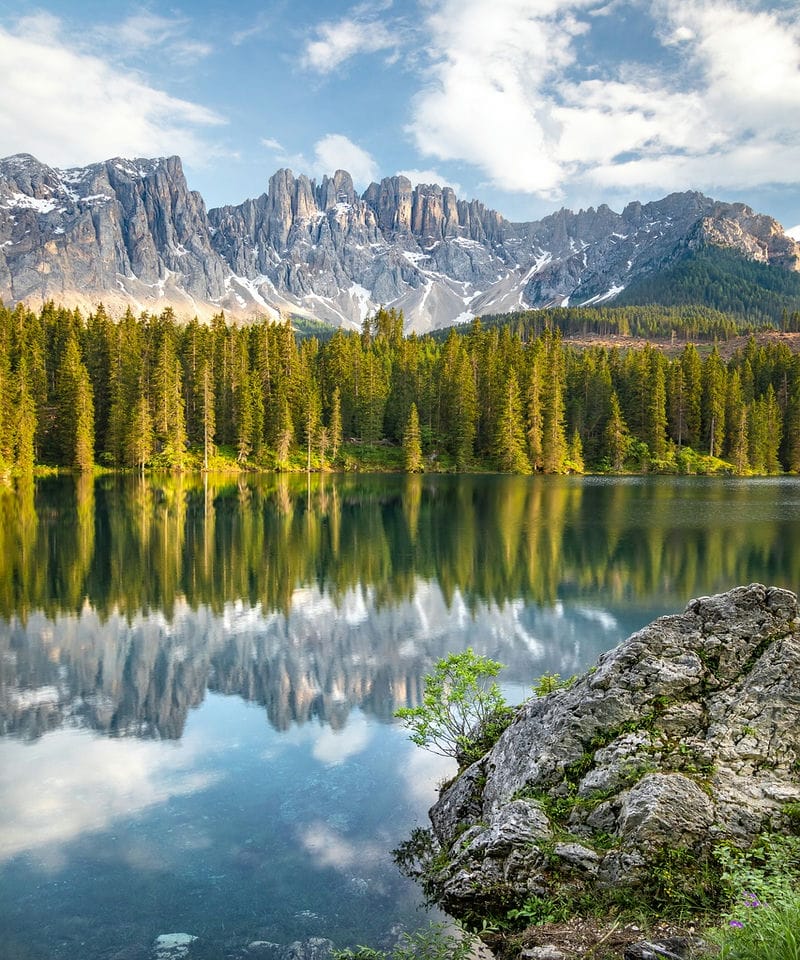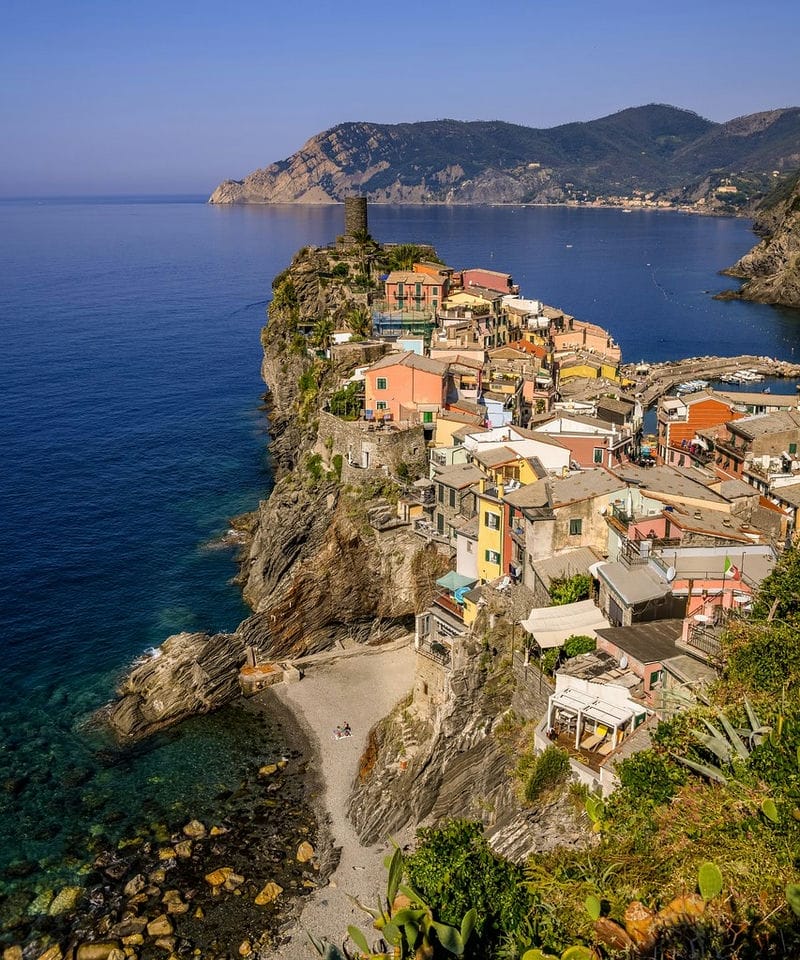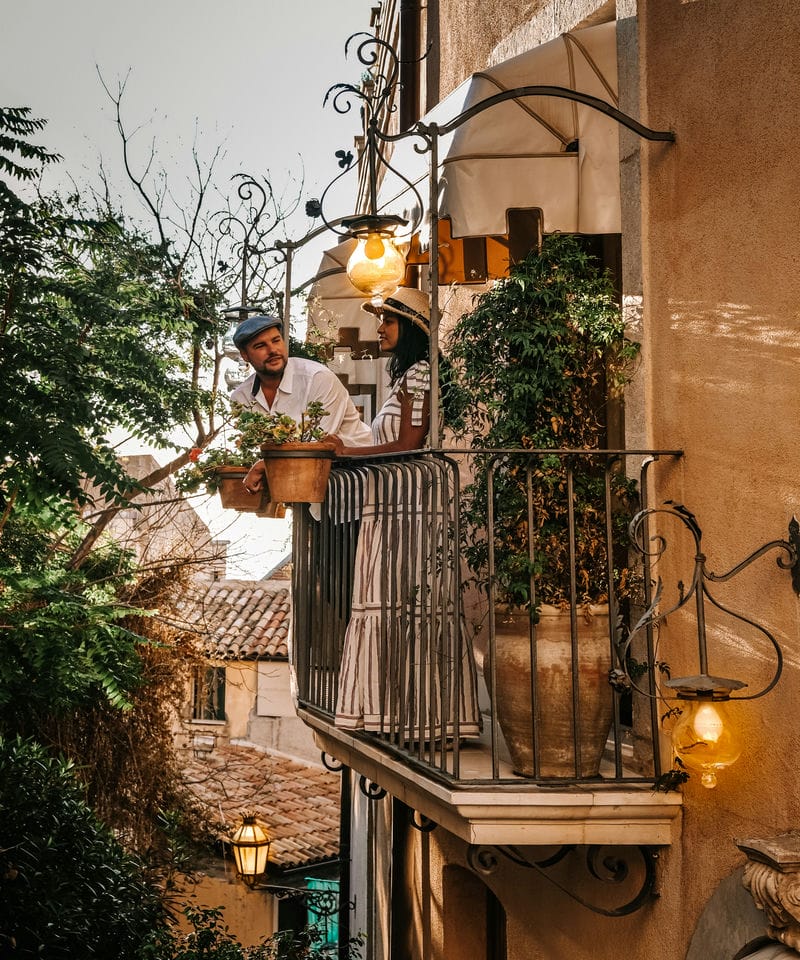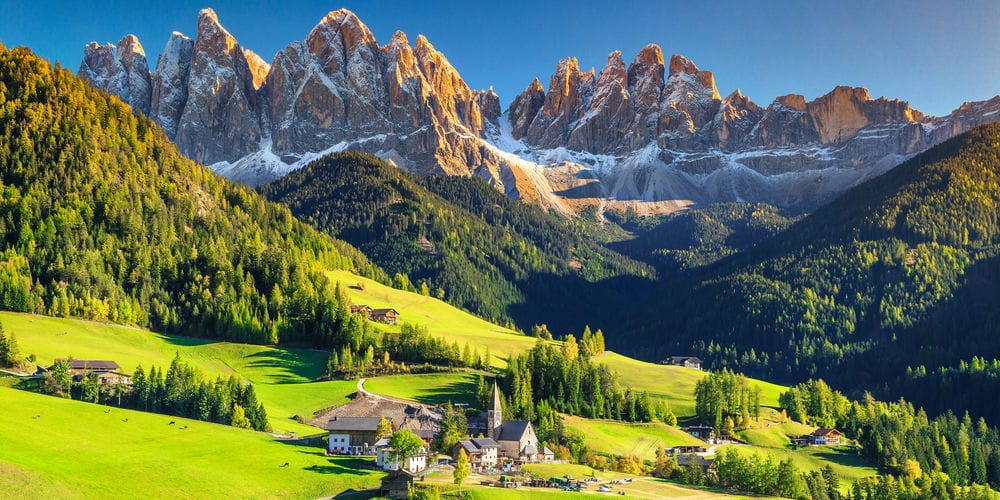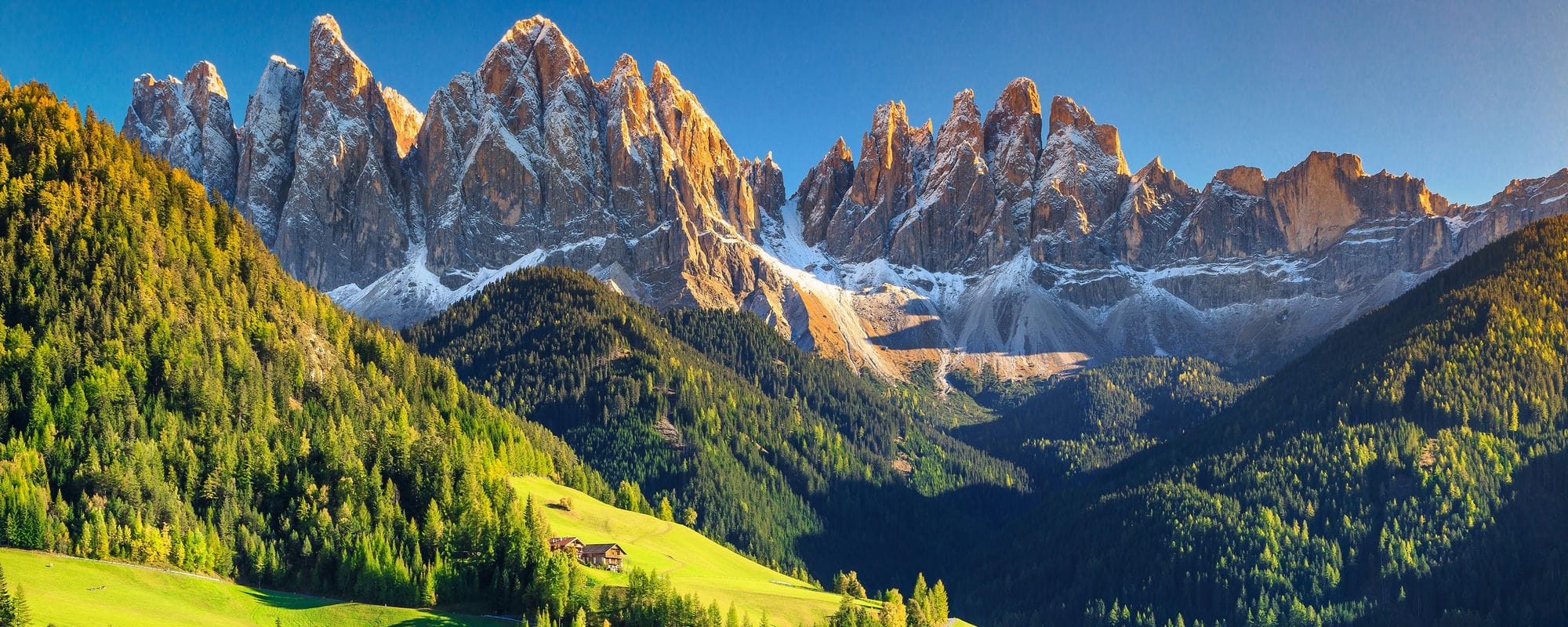
Weather in Italy in January: A Crisp Adventure Awaits
Key Takeaways
- The weather in Italy in January can be pretty cold, with the potential for rain and snow, varying by region.
- January in Italy presents lower prices and a less crowded tourist experience.
- Outdoor winter sports and indoor cultural activities can be enjoyed during this time.
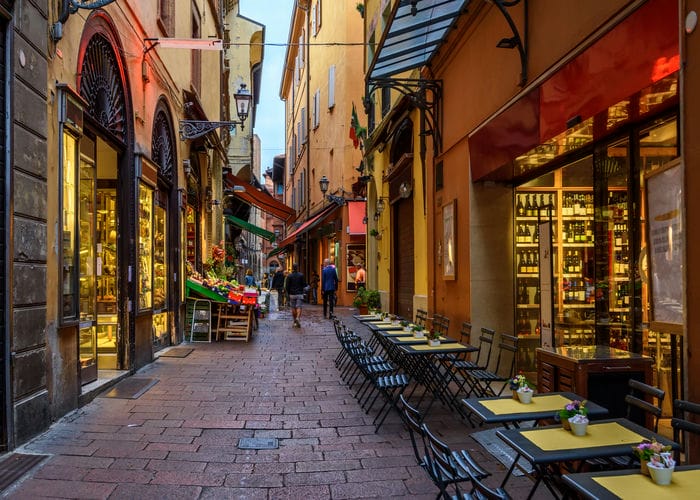
In Italy, after the national holiday of New Year's, January signifies the start of a new year and brings with it an enchanting allure.
As the off-season for tourism kicks in after a very vibrant Christmas season, the country offers a more local feel with fewer visitors around, allowing tourists the opportunity to experience the everyday life of Italy.
Despite not being warm or beach-friendly, January's charm lies in attractive winter sales with lower prices for accommodations, shopping deals during the sales season, and a plethora of winter activities.
During January, temperatures across Italy can vary significantly depending on the region. In general, the weather can be biting cold, and there is the possibility of rain and snow in some areas.
However, this wintery atmosphere makes it an ideal time to partake in skiing, snowboarding, and hiking, particularly in the mountains and northern regions where snowfall is common.
In the cities, a range of cultural and indoor activities awaits, revealing a whole new side to Italy's treasures.
Regardless of the colder weather, Italy remains an attractive destination for a winter trip. With the right clothing and preparation, the country offers a unique experience during this time of year.
Whether it's the serene, snowy landscapes or the welcoming warmth of the local culture, a trip to Italy in January is sure to create lasting memories.
Average Temperature in Italy in January

In January, Italy experiences winter with varying temperatures across different regions.
The country can be generally divided into three main areas for this purpose: Northern Italy, Central Italy, and Southern Italy.
Northern Italy has cities like Milan and Palermo. In this region, temperatures can get quite low, perfect for the ski season, with daytime highs in Milan around 6-7°C (43-45°F) and nighttime lows around 0°C (32°F).
In Palermo, daytime temperatures can reach up to 13-14°C (55-57°F).
In Central Italy, where cities like Rome and Florence are located, the temperature varies from 40-55°F (5-13°C).
Rome experiences moderate temperatures, with daytime highs around 14°C (56°F) and nighttime lows around 8°C (47°F).
Southern Italy includes regions like Sicily and Naples. Naples typically enjoys milder weather, with daytime temperatures ranging around 13-14°C (55-57°F) and an average of 8 days of rain.
In Lampedusa, Sicily, the temperatures are the warmest in January, with daytime highs reaching 17°C (62°F) and nighttime lows around 14°C (56°F).
It is important to note that the weather can be unpredictable, so it is advisable to check the local forecast before planning your trip.
Travelers should be prepared for rain in some areas, as well as possible cold snaps. Packing versatile clothing, such as layers and waterproof items, can help accommodate the varying conditions during your stay in Italy.
Regional Variations in Climate
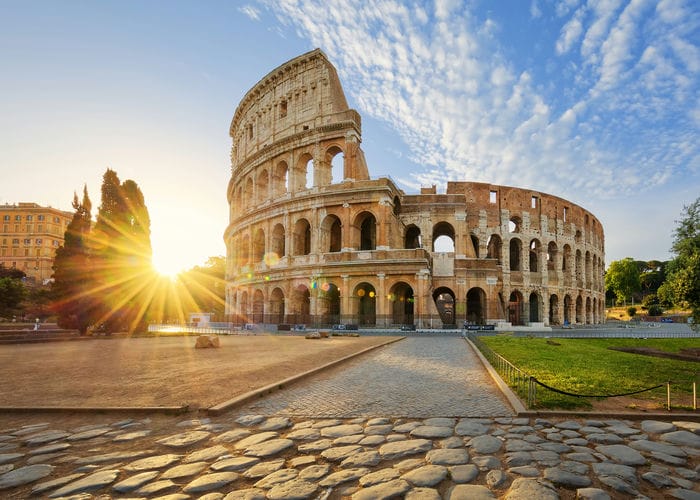
In January, the climate across Italy varies significantly depending on the region. This variation can be broadly classified into three regions: Northern Italy, Central Italy, and Southern Italy.
Northern Italy, which includes regions like Lombardy, Veneto, and others, experiences cold and snowy winters with temperatures ranging from 25-45°F (-4-5°C).
The mountains in the area, such as the Alps, receive heavy snowfall and allow for winter sports enthusiasts to partake in skiing and snowboarding.
In Central Italy, home to Tuscany, with its famous hot springs and landmarks such as the Colosseum and Vatican Museums, travelers can expect temperatures to range from 40 to 55°F (5 to 13 °C).
The winters are milder as compared to the northern regions, but rainfall may be higher at times.
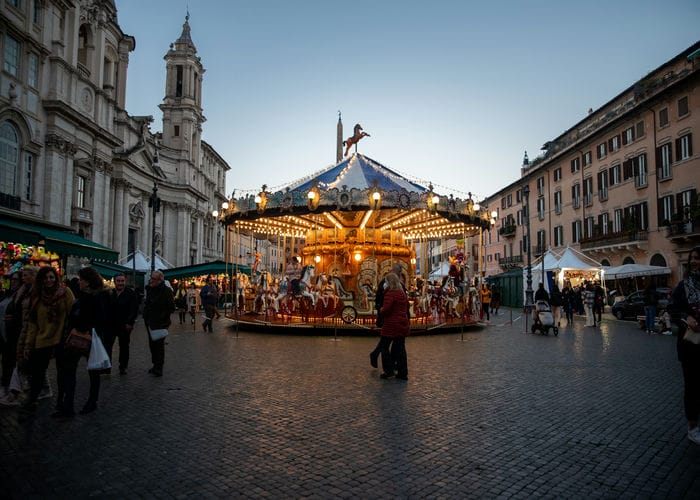
Southern Italy enjoys a relatively milder climate during January, with temperatures ranging between 50-60°F (10-16°C).
This region includes the Amalfi Coast and cities like Naples and Caserta, which see highs of 13°C (55°F) and 12°C (54°F), respectively, and lows of 4°C (39°F) during this time.
Rain is quite common, and occasional snowfall can happen, especially in cities such as Avellino.
To summarize the climate in different regions of Italy in January, here's a brief overview:
- Northern Italy:
- Temperature: 25-45°F (-4-5°C)
- Mountain snowfall
- Central Italy:
- Temperature: 40-55°F (5-13°C)
- Rainfall, milder winters
- Southern Italy:
- Temperature: 50-60°F (10-16°C)
- Milder winters, occasional snowfall
It is always important to check the current extended forecast for your specific destination before traveling to ensure you pack appropriate clothing and are prepared for any unseasonable changes in weather.
Possibility of Rain and Snow

Traveling to Italy in January means experiencing varying weather conditions in different regions. In this section, we will explore the possibility of rain and snow in Italy during this month.
In January, Italy's northern regions, such as Venice, experience colder temperatures and are more likely to see snowfall. The temperatures in this area typically hover around 0°C (32°F).
On the other hand, southern regions like Sicily encounter milder weather and deserted beaches due to frequent fog and rain.
However, even Italy's south isn't immune to the cold temperatures, as seen in Rome, with January being its coldest month.
When it comes to precipitation during January, Rome tends to receive almost double the amount of rain compared to Palermo.
While Rome's average temperature in January is 11.6°C (52.9°F) with an average low of 7.4°C (45.3°F), the weather can still be quite chilly and wet.
In conclusion, while traveling to Italy in January, it's important to remember that the weather varies, including the possibility of both rain and snow throughout the month.
Therefore, you must always be prepared with a plan B if the weather doesn't allow for outdoor adventures, and plan a few indoor attractions, like cooking classes, to enjoy your time in Italy to the fullest.
In general, northern cities like Venice have a higher chance of experiencing snowfall, while southern cities like Rome and Palermo tend to receive more rainfall.
Packing Essentials for Italy in January

In January, Italy can be quite cold, with temperatures ranging from 40-60°F (5-16°C) depending on the region.
As the coldest month of the year, it's essential to pack properly to stay warm and comfortable during your visit.
The following packing essentials will ensure you're well-prepared for the varying weather conditions.
Layered clothing is key when packing for Italy in January. Start with a base layer such as thermal tops and leggings, which will keep you warm without adding too much bulk.
Over this, add a long-sleeved shirt or sweater to provide extra insulation. For your outer layer, consider packing a warm, waterproof jacket or a heavy coat, especially if you're planning to visit the northern regions where snow is common.
Make sure you've got suitable bottoms for the variable temperatures. Denim jeans or chinos are versatile options, and you can wear thermal leggings underneath for additional warmth in colder areas.
Waterproof pants are also recommended if you plan on spending time outdoors in areas with wet or snowy conditions.
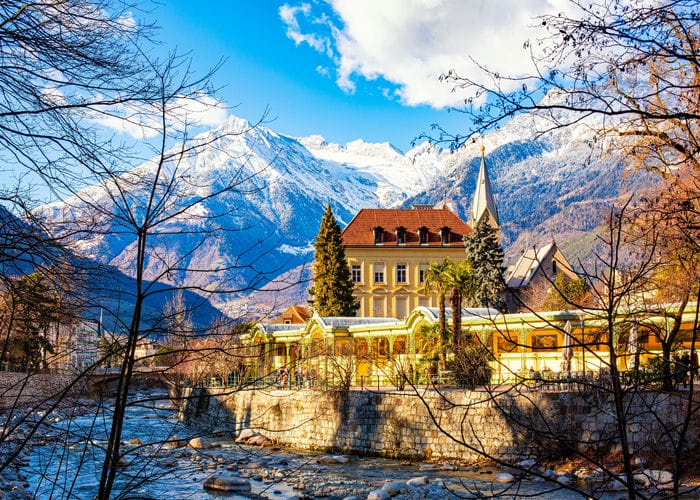
Here is a list of essential clothing items to pack for Italy in January:
- Thermal tops and leggings
- Long-sleeved shirts or sweaters
- Denim jeans or chinos
- Waterproof jacket or heavy coat
- Waterproof pants (optional)
Paying attention to your footwear is crucial, as cold, wet, and slippery terrains can make walking uncomfortable and even hazardous.
Opt for waterproof and insulated shoes or boots with good traction for snowy or icy surfaces.
Don't forget to pack warm, thick socks to keep your feet cozy, as well as a spare pair in case they get damp.
Lastly, remember to pack winter accessories such as gloves, a scarf, and a hat or beanie to protect your extremities from the cold. These items will keep you warm and add a touch of style to your winter outfits.
In summary, packing for Italy in January requires a combination of warm, waterproof, and versatile clothing items to adapt to the varying temperatures and weather conditions.
Layering, comfortable footwear, and essential accessories should be considered when preparing for your trip.
Activities and Events in January
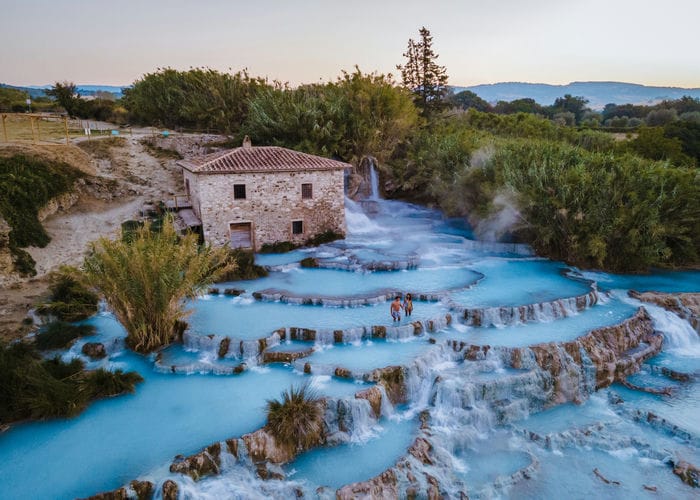
January in Italy brings with it a plethora of activities, events, and picturesque landscapes for both locals and tourists alike.
Despite the cold weather, various winter sports and cultural activities light up the nation during this time.
For winter sports enthusiasts, Italy is a prime location in January, particularly in the Italian Alps and Dolomites.
Skiers and snowboarders rejoice as resorts such as Cortina, Madonna di Campiglio, Latemar, and Carezza Ski draw crowds with their well-groomed slopes.
This is also the best time to visit ski resorts throughout the Apennines. Adventure-seekers can even ski on Mt. Etna in Sicily.

Italy in January is not just about winter sports though. The historic cities of Rome, Florence, and Venice offer incredible experiences without the throngs of tourists typical of other seasons.
In Rome, families can visit Vatican City and explore its rich history. The Uffizi Gallery in Florence is another must-visit destination, with exquisite works of art on display.
Similarly, the canals of Venice create a dreamlike atmosphere during winter, making a gondola ride all the more magical.
Festivals are another highlight of Italy in January. While they may be fewer in number during this month, the Epiphany is celebrated nationwide on January 6.
This religious and cultural event features processions, folkloric performances, and local markets offering delectable Italian treats.
In summary, January in Italy welcomes a mix of winter sports, cultural experiences, and historical explorations. The following are some activities and events to consider during this time:
- Ski Resorts: Dolomites, Cortina, Italian Alps, Apennines, Mt. Etna in Sicily
- Historic Cities: Rome, Florence, Venice
- Museums and Galleries: Vatican City, Uffizi Gallery
- Festival: Epiphany on January 6
Despite the cold and gray weather, Italy in January remains an attractive destination for those wishing to experience its historic cities, ski resorts, and vibrant festivals without the summer crowds.
Travel Tips for Visiting Italy in January
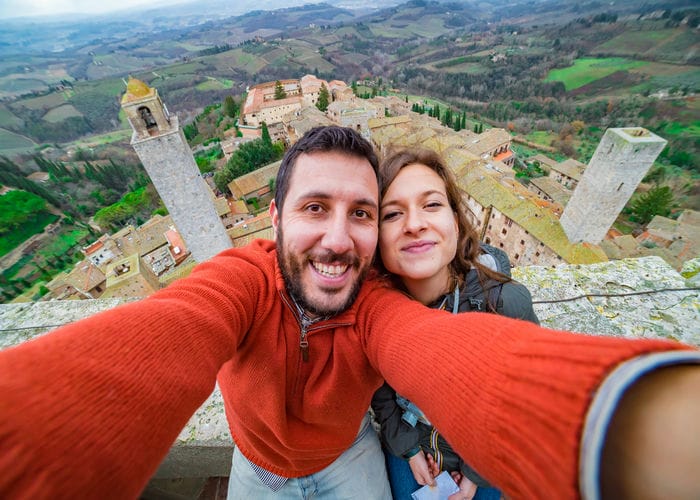
Italy is a popular tourist destination known for its rich history, delicious food, and stunning landscapes. However, traveling to Italy in January comes with its own set of unique challenges and benefits.
The weather is cold, and many Italian cities experience frequent rainfall. Despite these factors, low-season travel has advantages, such as reduced prices and fewer crowds.
Accommodation and Flights – January is considered a low season in Italy, which means tourists can enjoy lower prices for accommodations and flights.
This is a great opportunity to find better hotel, apartment, and flight deals, allowing visitors to save money while enjoying this beautiful country, whether they're visiting Italy with kids, as a couple, or as solo travelers.
Clothing and Weather – Expect cold temperatures and possible rain or snowfall in some areas. Packing warm clothing, including a waterproof coat, comfortable shoes, and layers, is essential.
Some cities may be colder than others, so packing a variety of clothing options will help ensure comfort during your trip.

Sightseeing and Activities – Despite the colder weather, many of Italy's most famous attractions and historical sites remain open in January, such as the Colosseum in Rome.
However, some sites may have reduced hours due to the low season. Tours and outdoor activities may also be affected by weather conditions, so it's a good idea to research and plan accordingly.
If snow is your thing, skiing is an excellent pastime in January, with many resorts in Italy's northern regions.
Restaurants and Shopping – January is the sales season in Italy, allowing tourists to shop at discounted prices.
Additionally, as the country has fewer visitors, restaurants are less crowded, improving the chances of getting a table at popular eateries.
Be sure to add food and wine tasting to your to-do list, as Italy offers some of the best culinary experiences worldwide.
Festivals and Events – Italy has several famous festivals and events throughout January.
Some of the most notable events include Festa della Befana (Epiphany) and Regata delle Befane (Regatta of Befana) in Venice. These unique celebrations offer visitors a glimpse into local Italian culture.
Final Thoughts

When visiting Italy in January, embrace the cold weather and use these tips to ensure a comfortable, enjoyable trip.
With fewer crowds and lower prices, this is an excellent time for travelers to immerse themselves in Italian culture and explore this beautiful country.
After all, the best time to visit Greece and Italy comes down to what type of vacation you're after. Whether you want to visit Italy in October or August, the country always endless beauty and culture to offer!





